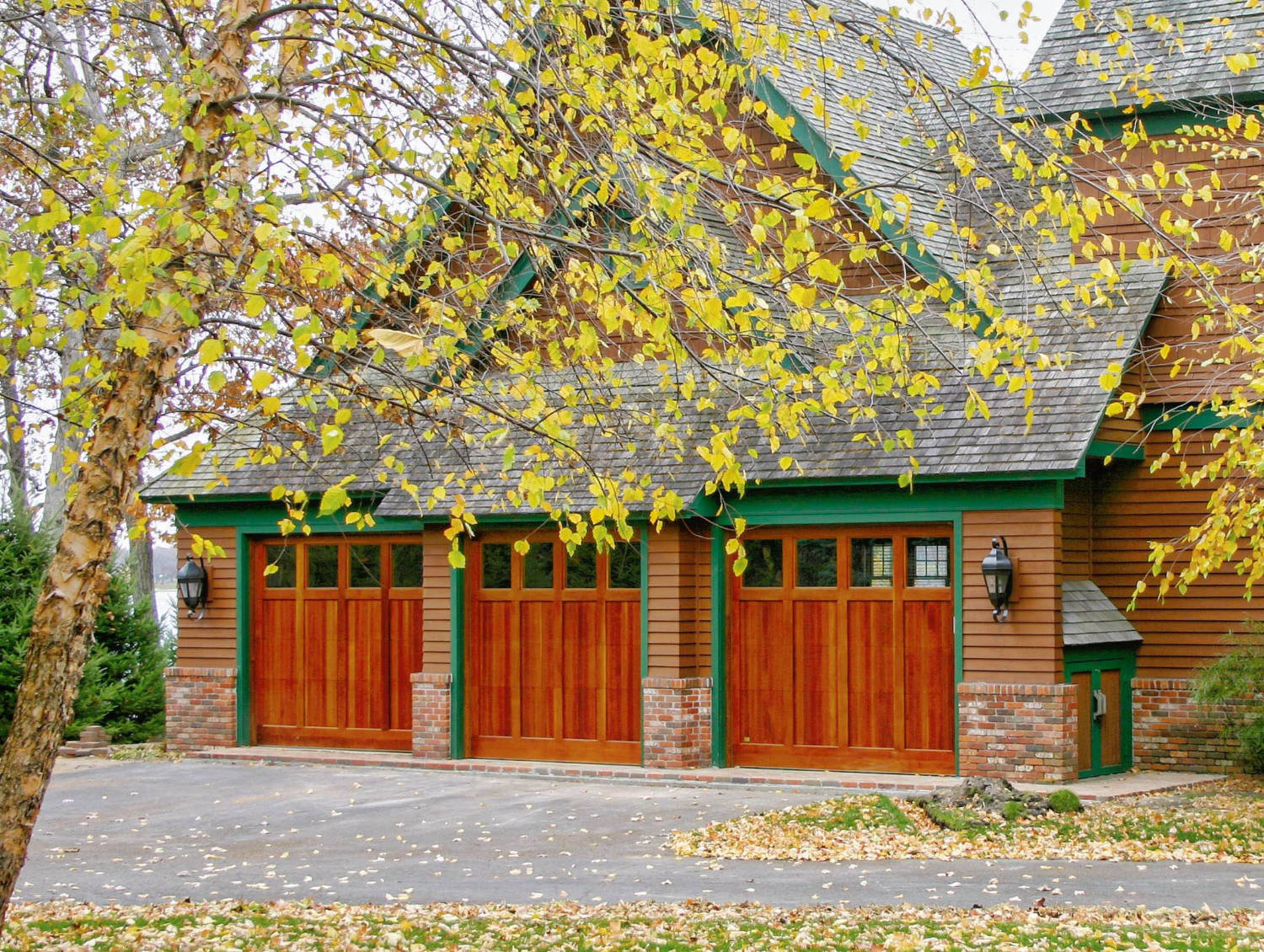
5 Steps to a More Energy Efficient Garage
Creating an energy efficient garage space should never be an afterthought. Not only is it better for the environment, reducing the overall carbon footprint of your home, but it can also save you money in the long run. Think of it as an investment—spend now and reap the savings for the rest of your life. The last few years have not been kind to energy prices. If you live in a climate known for extreme heat or cold, and you like to spend some time in your garage, creating an energy efficient space will vastly increase your comfort level at home while saving you money.
Is creating an energy efficient garage space a difficult task? Not at all! A few quick projects and you will have a comfortable, less costly garage space in your home.
Step #1: Choose the Right Garage Door
Did you know that your garage door is the largest opening in your home? That means it’s one of the most important factors that impact the energy efficiency of your home. Choosing the right type of garage door can be a game-changer in the energy efficiency of your garage.
What makes an energy efficient garage door? There are several things that can have a positive impact:
- The insulation used inside the door
- The weatherstripping that is added around the door
- The material that the door is made from
- How many windows the door has, and what the glass is made from
Find out more about how a garage door can be eco-friendly here.
Step #2: Add a Walk-Through Door
Every time you open your garage door, no matter how energy efficient it is, you will be losing a lot of heated or cooled air. There’s no quick way to open and close a garage door, so there’s nothing you can do prevent this loss of energy—save for one thing.
Add a walk-through garage door.
Walk-through garage doors give you the ability to enter and exit your garage without opening the main overhead door, preventing a significant amount of energy loss from your garage space. You can open and close these small doors a dozen times before your primary garage door even opens once! Walk-through garage doors can be integrated directly into the garage door frame, built into the garage door itself, or be added alongside the garage door as a separate entrance.
These types of doors are ideal for climates with extreme temperatures and for homeowners who frequently use their garage as any type of recreational or storage space.
Step #3: Let in Natural Light
Lighting uses electricity; electricity costs money. The simple equation to cut back on your use of electricity is to limit how long your lights are on. The easiest way to do this in a garage space is to increase the natural lighting in your space. without having to open the overhead door. This all comes down to the windows you have in your space. Adding more windows lets in more natural light. You can add windows to:
- A custom garage door
- Any exterior wall
- The roof (as skylights)
This will allow you to keep the light off during daylight hours.
Step #4: Enhance Your Insulation
Many homeowners forget about insulating their garage; it’s often an afterthought because it’s not a typical living space. But your home is likely losing a significant amount of energy from an uninsulated garage space, even if you keep the door closed at all times.
Make the investment in insulating the walls and ceiling of your garage and even adding drywall for increased insulation and soundproofing.
Step #5: Add Flooring
Concrete is a horrible insulator. It holds onto cold air and moisture that comes from the ground below. It’s also very porous, which is horrible for heat transfer. That’s the reason why your garage flooring always feels cold to the touch. This is a significant loss of energy in your garage space, but there’s a simple solution.
Redo the flooring.
Adding a layer of new flooring on top of your concrete garage floor will help you better control the temperature in your space and increase its energy efficiency. Some common garage flooring options include:
- Rubber flooring or tiles
- Epoxy coatings
- Vinyl flooring
- Commercial carpet tiles
- Concrete sealer/stain








